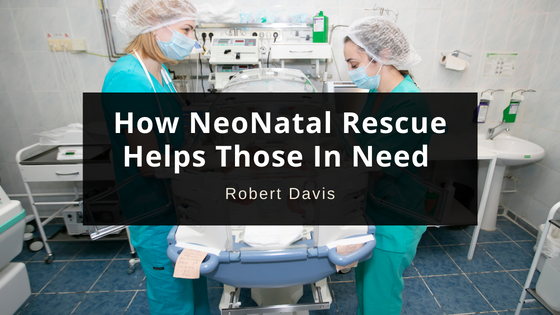There is nothing more joyous than the birth of a new baby. Unfortunately, there are far too many countries where these precious newborns do not get proper medical care. It is estimated that more than two million newborns in developing countries die during the first few weeks of their life. The bigger tragedy is that nearly half of these babies could be saved with proper respiratory care. Neonatal Rescue is an important organization that is looking to end these preventable deaths. These are the three main ways they are helping those in need.
Innovative Medical Device
Neonatal Rescue has designed a device that can provide both ventilation and CPAP treatments to newborns. The machine helps the child breathe while taking pressure off the lungs. This technology is found in every modern hospital, but it is rarely found in developing countries. The great thing about the NeoLife ventilator is that it can run without an external power source. The machine allows for the easy treatment of sepsis, asphyxia, meningitis, pneumonia, and several other common illnesses.
Local Medical Training
It is hard to find trained medical professionals in most developing countries. Neonatal Rescue is working to solve this problem by traveling to these areas and offering in-person training. The NeoNatal Rescue team teaches the local health care workers to properly use the ventilators. The knowledge gained during these training sessions can be used to teach others in the future. This is a fairly easy job because the ventilator was specifically designed to ensure it could be used by almost anyone.
Support and Maintenance
In addition to being easy to use, the NeoNatal ventilators are also extremely affordable to develop and maintain. The device uses only components that are absolutely essential to the ventilation process. The materials used in manufacturing are lightweight and durable. This ensures the ventilator can be transported to wherever help is needed without breaking down. Portability and durability are crucial in areas with limited resources. The minimalistic design of the device makes sure local technicians can easily perform repairs if there is ever a future problem with the NeoNatal ventilator.
